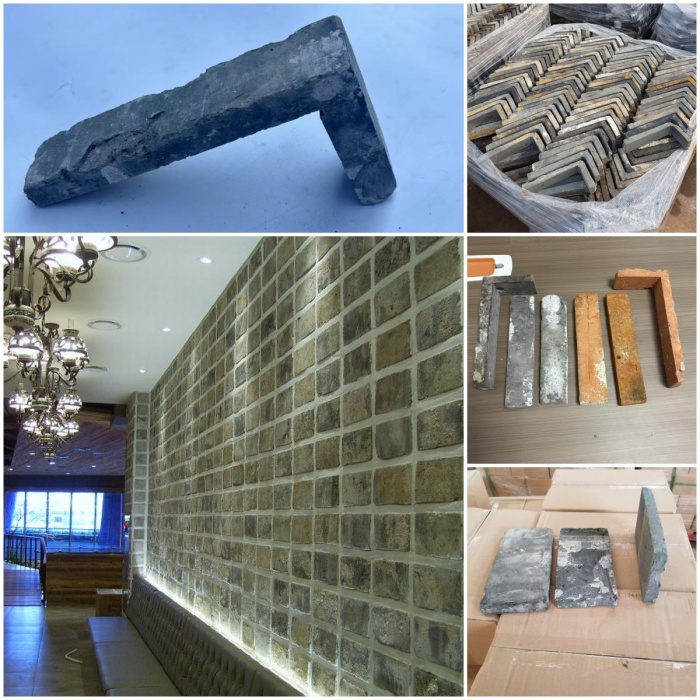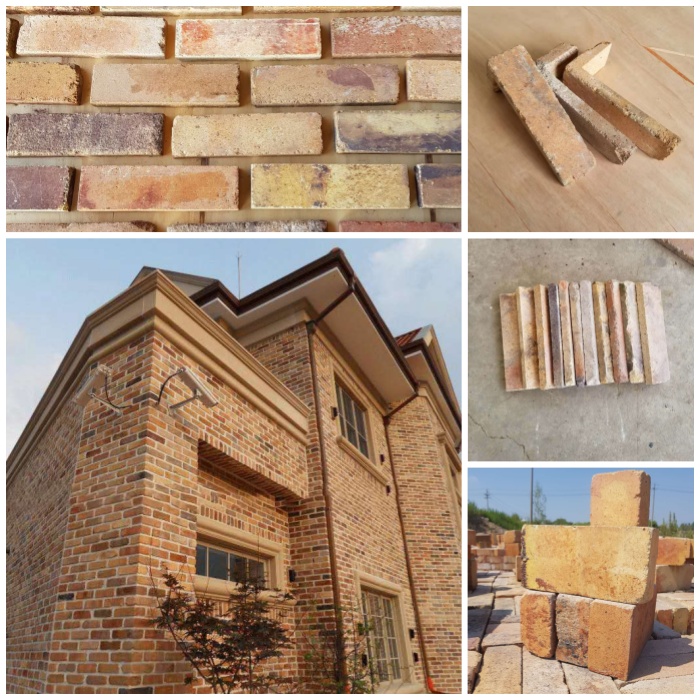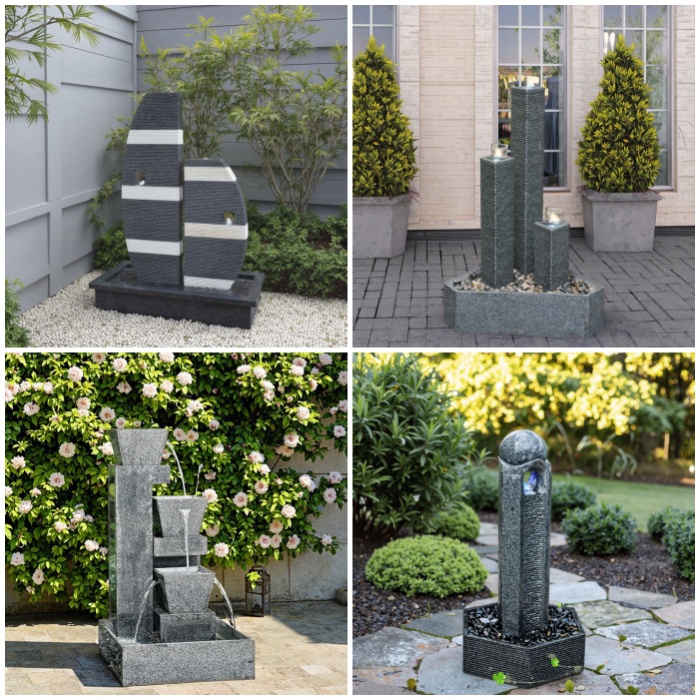Clay bricks are known for their durability, but the mortar between them isn't as long-lasting. Generally, repointing may be needed every 25 to 30 years, but this can vary based on several factors.
Signs That Clay Bricks Need Repointing:
Age: If your brick structure is a few decades old, it's likely that the mortar has started to deteriorate and needs inspection or repointing.
Crumbling Mortar: Check the mortar joints. If they've eroded noticeably (more than a quarter inch) or are crumbling into a dry, sandy mess, repointing is necessary.
Cracks: Visible cracks in the mortar and bricks indicate moisture penetration, making mortar repair likely needed.
Gaps: If there are spots where the mortar has completely separated from the brick, it requires repointing.
Why Repointing Is Necessary:
The mortar in brickwork is crucial for maintaining the structural integrity of the bricks. Over time, due to weather exposure, especially moisture, and other factors like acid rain, climbing plants, or building settlement, the mortar can break down. When this happens, moisture can seep into the wall, leading to further damage such as brick spalling and deterioration. Repointing helps prevent these issues by replacing the damaged mortar, thus extending the lifespan of the brickwork and protecting the structure from costly repairs.
Repointing Process:
Determine the Type of Mortar: The type of mortar needed depends on the age and type of bricks. For example, older bricks may require a softer mortar that "gives" a little.
Scrape Out the Old Mortar: Using appropriate tools like a cold chisel, grout saw, or joint raker, remove the damaged mortar.
Push in Fresh Mortar: Refill the joints with fresh mortar and tool it until it's well-compacted and fills all voids. Finish the exposed face for an aesthetically pleasing result.
Regular Maintenance:
Regular inspections of your brickwork can help identify potential issues early. It's recommended to inspect twice a year for cracks, spalling, efflorescence, mortar wear, and proper drainage at control joints.
For more clay brick information , you can visit our website www.magicstonegarden.com.
Written By Wendy Lin
Post time: May-21-2025








